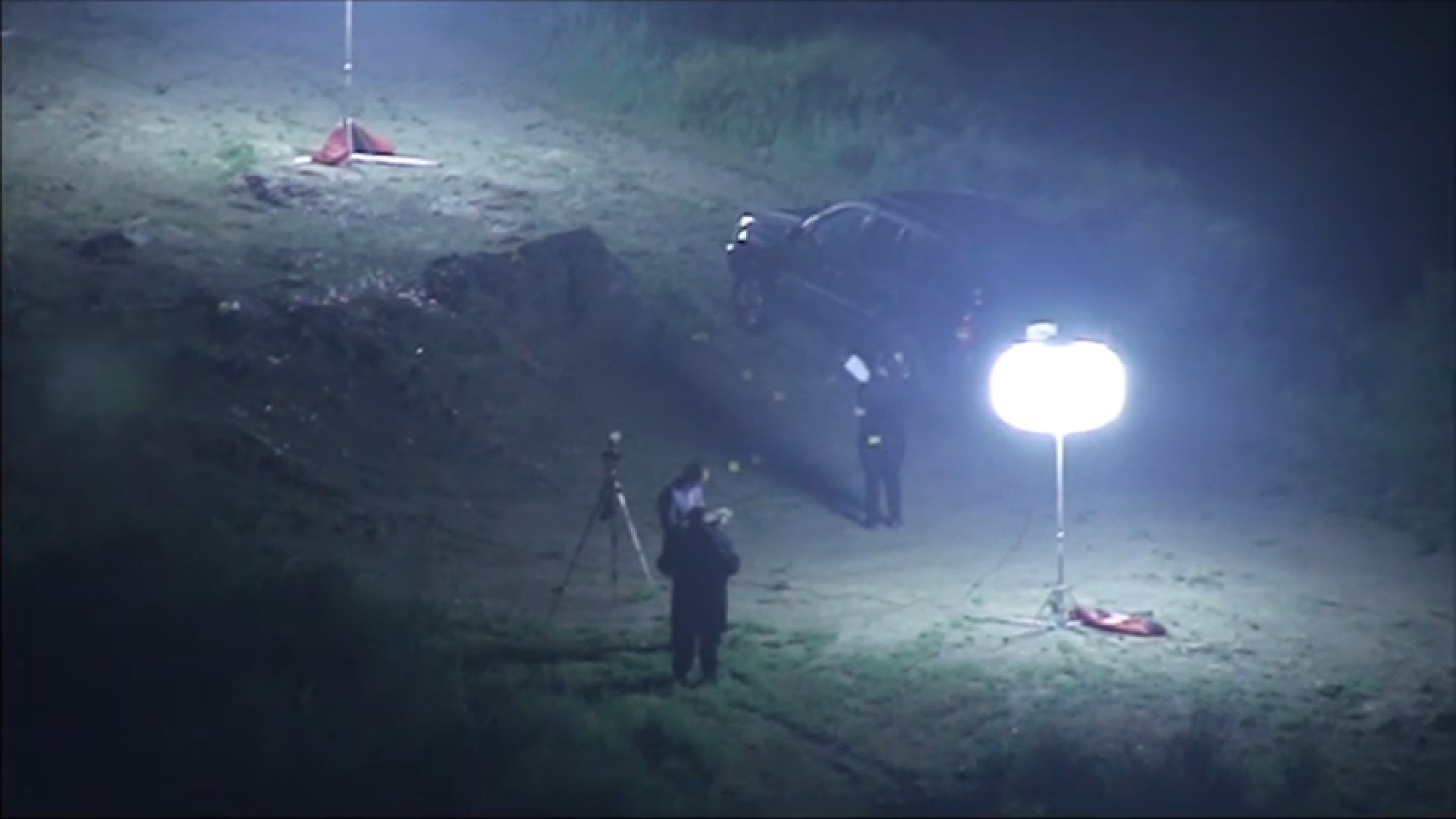When President Obama traveled to see firsthand the impact of the drought on California farmland, the protestors who also traveled there were energized by one specific water issue above all others -- the government plan to remake, in part, the marvel of nature and aging man-made levees known as the Bay Delta.
It's the estuary where the Sacramento River from the northern Sierra and the San Joaquin River from the southern Sierra wend their final miles to the San Francisco Bay.
Its farmland is perhaps the richest in the entire state, though nowhere near as large as in the San Joaquin Valley.
For more than half a century, the Delta has also served as the switchingyard for massive water
projects to extract water and place it in the California Aqueduct for delivery to the thirsty farms and
urban centers of the state's drier southern half.
"Leave our Delta alone!" demanded the demonstrators, many of whom had bused 150 miles trying to catch the ear of the President or Gov. Jerry Brown.
"It's the fish, the agriculture, the communities," reflected Rep. John Garamendi, D-Fairfield,
when asked why the proposed "Bay Delta Conservation Plan" is such a hot-button issue for them. "It's an existential threat...to the Delta."
Details proposing giant new water tunnels, 40 feet in diameter, and enormous new pumps were first disclosed in July, 2012 by Brown, along with plans for environmental restoration.
Local
Get Los Angeles's latest local news on crime, entertainment, weather, schools, COVID, cost of living and more. Here's your go-to source for today's LA news.
But it is the massive tunnels, capable of delivering 9,000 cubic feet of water every second, that have galvanized opposition in the Delta region and farther north.
It is far from a short-term drought buster, but rather a long-term response to a situation that
has been developing for decades, since even before Brown's first two terms commenced in 1975. During those terms he advocated a "peripheral canal" that never came to pass.
Several layers of review and approval are required before the BDCP can proceed. A draft is now in the midst of a public comment period.
So it is that Garamendi traveled to Orange County Friday as part of his mission to stop the BDCP plan as currently envisioned.
"It is a $25 billion boondoggle that does not solve the problem," Garamendi told the audience that gathered in the board room of the Orange County Water District, known for its commitment to recycling water in an effort to reduce its dependence on imported water.
The former Deputy Secretary of the Interior under President Clinton advocates a alternative, "holistic" plan he introduced a year ago.
In lieu of tunnels, it would make use of Sacramento's existing deep water channel for most of the distance, and limit maximum flow capacity to 3,000 cubic feet per second, a third of the DBCP.
He contends that, by adding reservoir storage, and increasing water recycling and conservation, his plan would actually yield an additional 3-5 million acre-feet of water at half the cost.
His audience in Fountain Valley was receptive.
But the BDCP already has the support of most of the major entities in the delivery and distribution of water to Southern California, including the Los Angeles Department of Water and Power, and the region's most powerful force, the Metropolitan Water District, which imports from both the California Aqueduct and the Colorado River.
That support extends through MWD's dozens of member agencies, including the Municipal Water District of Orange County, which shares space, but is a separate entity from the groundwater focused Orange County Water District.
MWDOC (pronounced "Mow-Dock") has been getting about a third of its water from Northern California, said General Manager Robert Hunter.
"It is a necessary component to make the system work," Hunter said.
Hunter praised Garamendi's multi-layered approach to water in California, but rejected Garamendi's call for less flow capacity through the Delta.
The extra capacity is needed, Hunter and BDCPadvocates contend, during high flow periods when water would overwise be lost into San Francisco Bay.
"If you can't move it, then it goes away," Hunter said.
Hunter is optimistic the BDCP will proceed; unwilling to concede, Garamendi said he believes the
debate is nearing an "inflection point" of shifting opinion.
The public comment period on the BDCP remains open till June 30.



